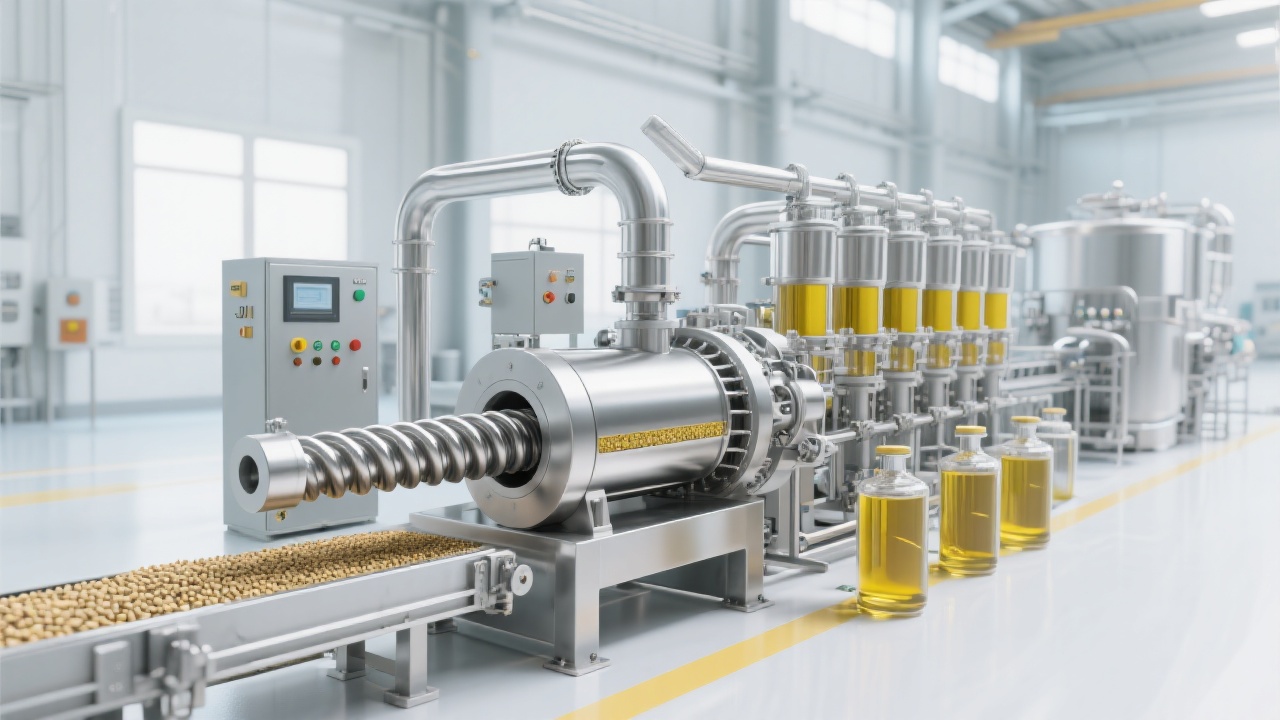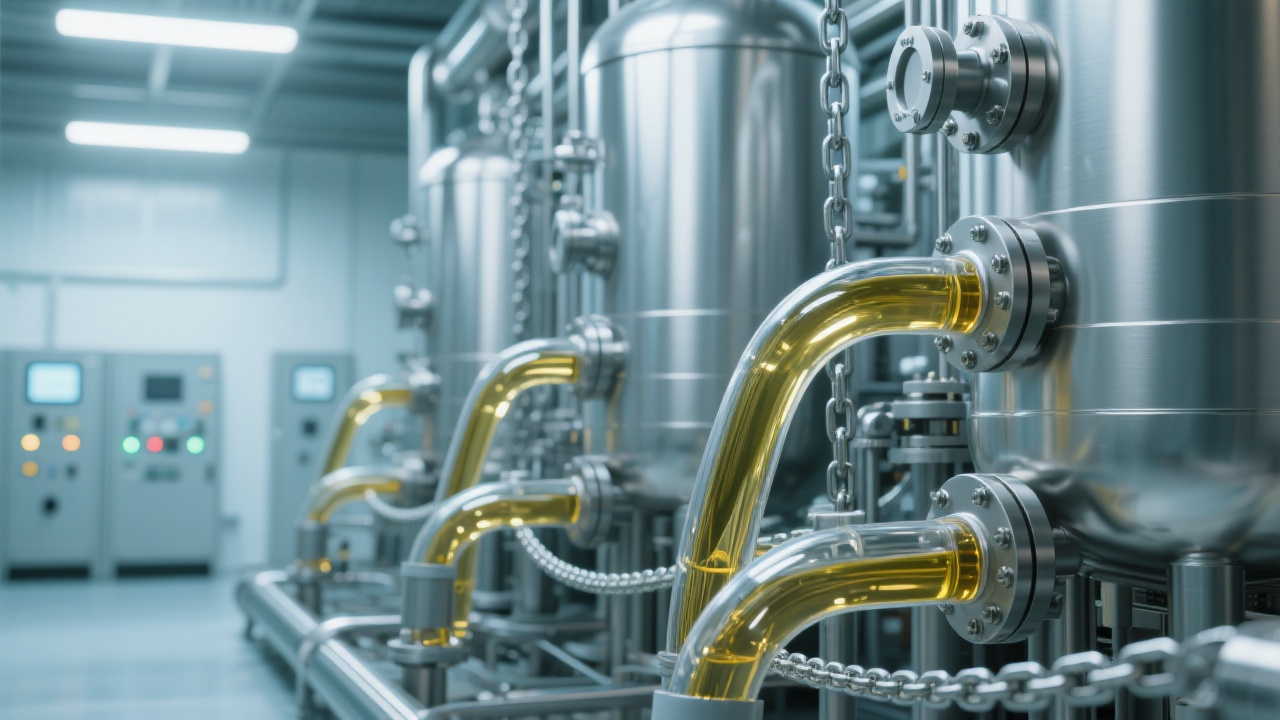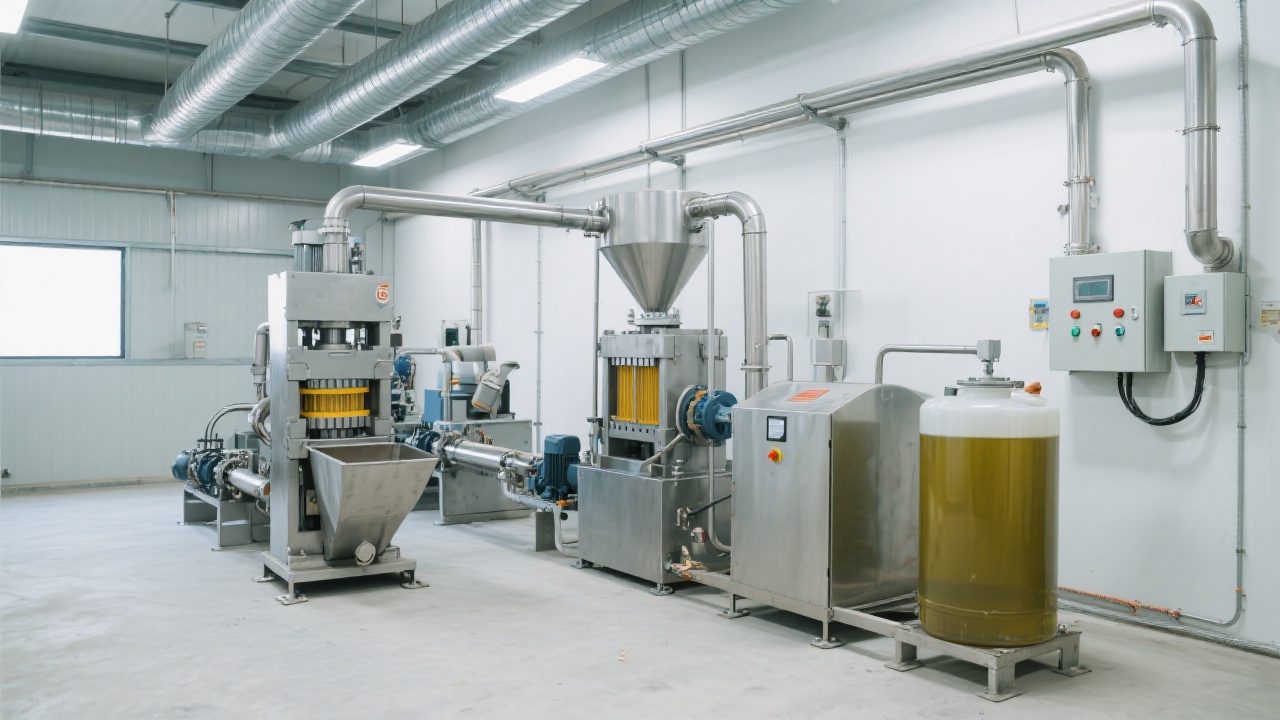
In the past decade, global demand for sustainable food ingredients has surged—especially in Europe, North America, and Southeast Asia. Buyers now ask not just “Is it safe?” but also “How green is it?” That’s why modern soybean oil plants are redefining efficiency, quality, and compliance.
Traditional oil mills used to consume up to 45 kWh per ton of soybeans processed. Today’s advanced facilities—like those in Brazil, the U.S., and China—have reduced that to under 25 kWh/ton through:
For example, a major Indonesian processor reported a 40% drop in electricity costs within one year after upgrading their drying system with heat exchangers—a move that also cut CO₂ emissions by over 2,200 tons annually.

Green doesn’t mean compromised quality. In fact, modern plants use real-time analytics to ensure purity levels exceed international standards:
| Parameter | Traditional Plant | Modern Plant |
|---|---|---|
| Free Fatty Acids (FFA) | ≤ 0.5% | ≤ 0.2% |
| Peroxide Value (PV) | ≤ 5 meq O₂/kg | ≤ 2 meq O₂/kg |
| Moisture Content | ≤ 0.1% | ≤ 0.05% |
These tighter controls mean fewer rejects, longer shelf life, and stronger compliance with EU Regulation (EU) 2023/2107 on food safety and labeling—critical for export markets.

Consumers aren’t just buying oil—they’re buying trust. A 2024 Nielsen report shows that 68% of B2B buyers prefer suppliers who can prove lower carbon footprint and higher transparency. For manufacturers, this translates into:
Take the case of a mid-sized producer in Argentina. After implementing IoT-based monitoring and ISO 14001-certified processes, they saw a 35% increase in export orders from European retailers in just 18 months.

Ready to future-proof your soybean oil production? Whether you're evaluating new equipment or optimizing existing operations, understanding these green standards is no longer optional—it's essential.
👉 Discover how our engineering team helped 12+ global clients reduce energy use by 30% while boosting yield—see real results here.
Get Your Free Green Oil Audit Now
